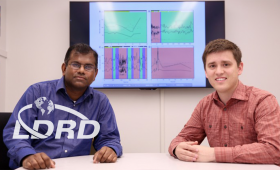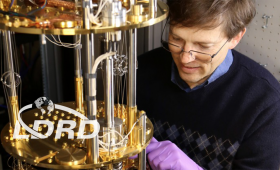A research team is using machine learning to track the progression of sepsis, a potentially life-threatening condition characterized by an extreme reaction to infection.
Science and Technology Highlights
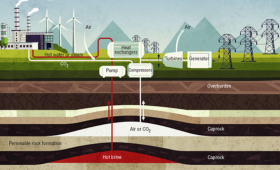
The Earth Battery uses multiple fluids to store energy as pressure and heat underground.

For the first time, researchers at Lawrence Livermore National Laboratory have successfully 3D-printed optical-quality glasses, on par with commercial glass products.

The Department of Defense and other U.S. agencies perform national-security-related experiments on the National Ignition Facility.
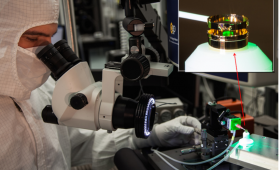
Lawrence Livermore's Target Fabrication Team builds tiny targets that illuminate big questions at the National Ignition Facility.
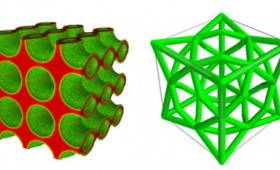
The Laboratory’s Center for Design Optimization is working to fundamentally transform how engineers design complex parts and systems to be additively manufactured.
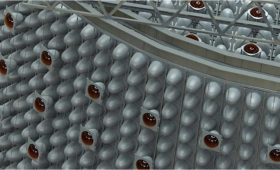
Lawrence Livermore will lead a new international multi-laboratory and university collaboration for nonproliferation research.
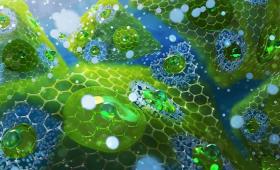
Scientific images by Livermore researchers are on view at the Bankhead Theater's art gallery through the end of April.
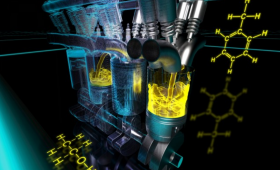
Laboratory scientists are developing models of high performance fuels to see how they would perform in advanced internal combustion engines.


